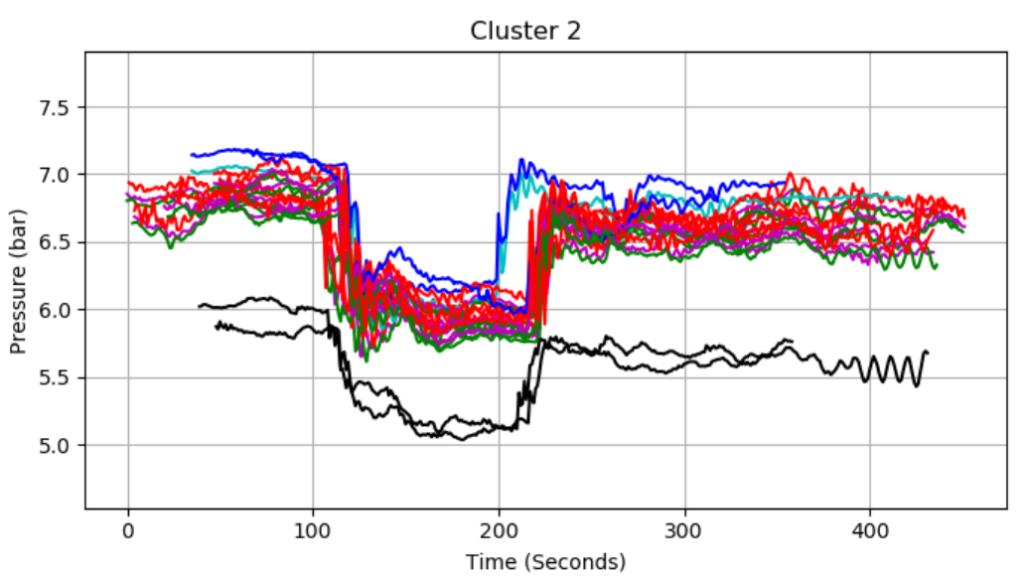Save time, resources and learn new ways to recognise patterns in network activity
Shape Classification
Imagine getting 30,000 email notifications about your network events each year. One US utility was overloaded with incoming transient data and wanted a way to quickly assess the importance of each event.
Over time, the customer developed an eye for understanding and recognizing the shapes – waveforms and fluctuations - of incoming transients and asked Syrinix to create a system that could automatically classify the type of transient and alert by exception for unusual events.

“Shape classification allows users to see what events are produced daily, how the events change as the network activity changes, and how various transients propagate around the network.
It’s about understanding what’s going on in a network and either mitigating it, highlighting new and uncommon events, or both. The benefit to the customer is ongoing; by keeping an eye on the classifications, it can inform the user of how changes they make to their network change the common transients"

Thanks to the collaboration between the utility and the Syrinix development team, the Shape Classification feature is now available to all RADAR users.
Found under Transient Events on the platform, Shape Classification uses pattern recognition to compare and classify transient waveforms against an exemplar set of reference transients that are derived from that network. By classifying similar shapes into actions, like a pump stop or pump start, Syrinix Intelligence can identify which are everyday events and which are more important.
This advanced level of intelligence prevents investigative time and resources from being unnecessarily spent on common network events.
Customized for each utility, a number of reference shapes that are common to the network -and for which the cause of the shape is understood - are saved. Then, when a new transient is detected, the shapes are compared, and a value is calculated based on how similar the reference and incoming transient are to one another. The lower the value, the more similar the shapes. Identifying what is common to that network allows customers to track their regularity, better understand their causes and effects and watch for uncommon transients that may be of interest. Once the events are classified, a customer knows that anything abnormal is something they may want to take a closer look at.
With the Shape Classification feature, a full understanding of the cause of a transient is not required to see and track its effect on the network, offering valuable insights that can help calm a network. This allows RADAR users to see how operational adjustments to the network are impacting common transients, too.
Want to learn how Shape Classification can improve your utility’s network operations? Fill in the form below
Contact Us
Leave your details and we will be in touch.



